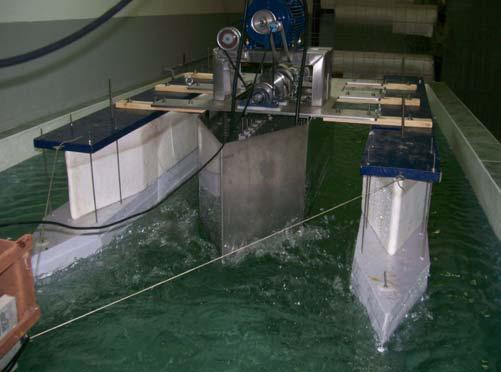| This site uses cookies to enhance our services. By continuing to browse the site, you agree to our Cookies Policy. |
| This site uses cookies to enhance our services. By continuing to browse the site, you agree to our Cookies Policy. |

| CFD analysis of a biologically-inspired undulating marine propeller |
Introduction: Throughout history, practical implementation of rotating propulsion mechanisms was highly used because they are very easy to deal with; however, undulating mechanisms, which are very common in the nature, have been poorly considered. Nowadays, engineering of marine vehicles and machines is maturing and new propulsion methods are being considered. The designs based on biologically-inspired propulsors are being increasingly studied. The problem is that many mechanisms of propulsion are not well understood yet. An important advance which helps to understand the hydrodynamics of biological swimming is the computational fluid dynamics (CFD). There are a lot of researchers who applied the CFD to study biological swimming, for example, Borazjani, Sotiropoulos, Carling, Fauci, Liu, Lamas, Lewin, Sfakiotakis, Triantafyllou, Shen, etc. In this work, a CFD model was developed to analyze the fluid flow over an undulating propeller. It is organized as follows. CFD analysis: The design of the experimental prototype was done from the CFD analysis to assess the most suitable configuration. The experimental prototype, shown in the figure, consists of an undulating foil propeller of 0.52 m wavelength, 0.02 m amplitude and 0.2 m width. Innovacións Mariñas” Research Group (Coruña University - Spain) developed an undulanting propeller based on the patent No. 200002012. This patent refers to undulating systems and bodies in fluid mediums  The pressure field is indicated in the figure:  This is a video about the CFD simulation: The main advantage of this system is that it is reversible, i.e., it has the same efficiency either operating forward or backward. This makes it ideal for vehicles that require high maneuverability. COURSES RECOMMENDED: |
| Published 2014-04-04 17:31:42 by Isabel Lamas & J.D. Rodríguez |
| Twittear |